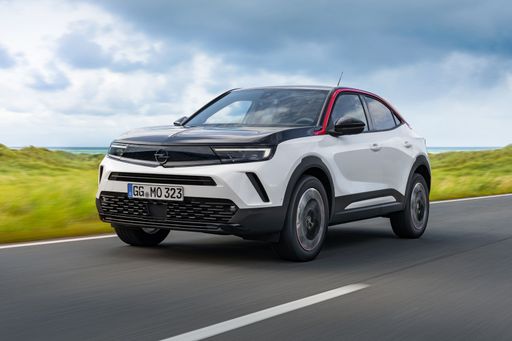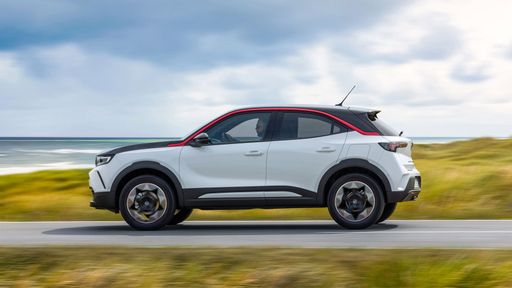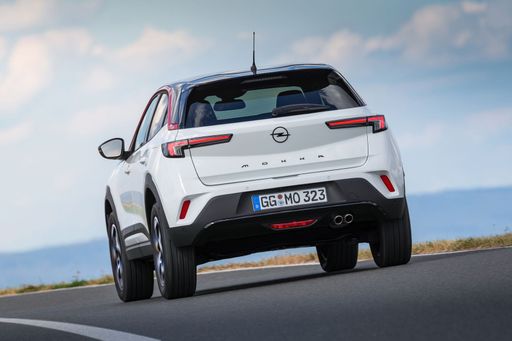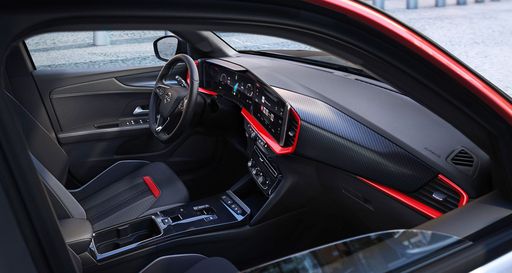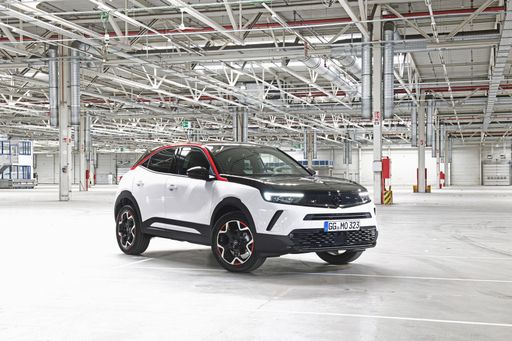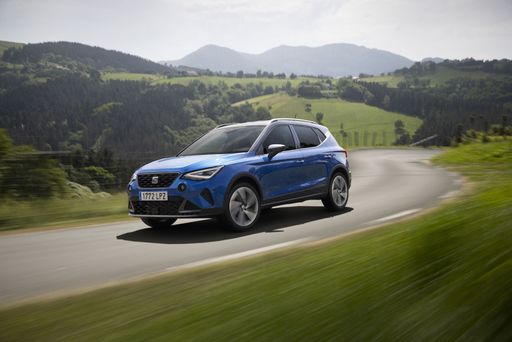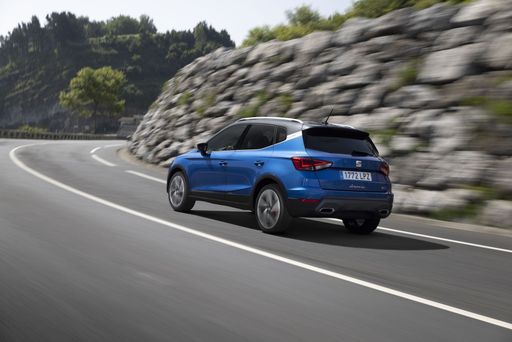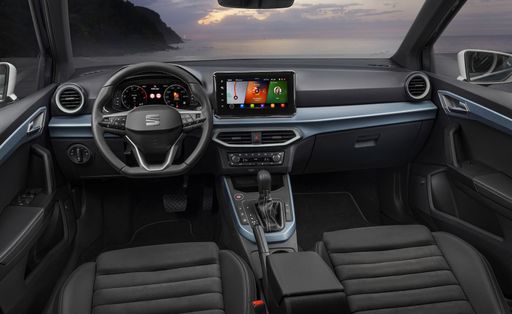Opel Mokka vs SEAT Arona: A Comprehensive Comparison
When it comes to compact SUVs, the Opel Mokka and the SEAT Arona are two standout options that appeal to a broad range of drivers. Both vehicles offer modern designs, appealing features, and a variety of engine choices. In this article, we will delve into a detailed comparison of these two models, analyzing their specifications, performance, and innovative technologies to help you make an informed decision.

